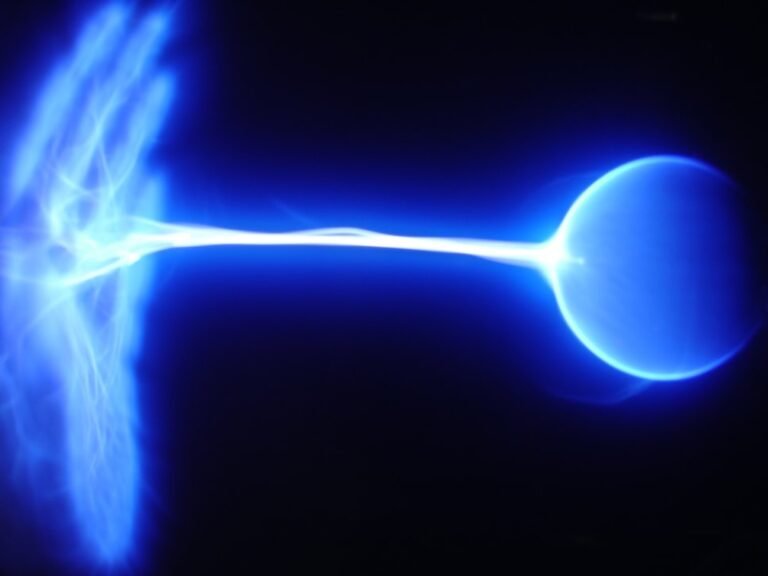Writings by a 12th-century monk known for his interest in weather and other natural phenomena appear to be the first written account of ball lightning in England.
The account predates the previously confirmed oldest written description of the little-understood phenomenon in England over 400 years later, possibly making it the earliest such writing in the world.
BACKGROUND: BALL LIGHTNING AND FOO FIGHTERS
Ball lightning is still somewhat mysterious. Often mistaken for UFOs or other ostensibly supernatural phenomena, it is typically a ball of light ranging anywhere from a few inches in diameter to several feet. Some efforts have been made in the past to use ball lightning to explain accounts of UFOs like the infamous Foo Fighters witnessed by pilots during World War II, but even to this day, scientists admit they are not quite sure how ball lightning forms.
In this latest find, historians believe they have located an accurate account of this phenomenon written almost 8oo years ago, which would be the earliest such account in England’s history, beating a previous description in 1638.
ANALYSIS: OLDEST ACCOUNT IN ENGLAND AND POSSIBLY THE WORLD
With their results published in the journal Weather, physicist Emeritus Professor Brian Tanner and historian Professor Giles Gasper of Durham University stumbled upon the surprisingly accurate account of ball lightning when examining a nearly 750-year-old medieval text. Written by Benedictine monk Gervase of Christ Church Cathedral Priory, Canterbury, the text describes how “a marvellous sign descended near London” on 7 June 1195.
According to the press release announcing the recent find and associated paper, Gervase then went on to describe “a dense and dark cloud, emitting a white substance which grew into a spherical shape under the cloud, from which a fiery globe fell towards the river.”
“Gervase’s description of a white substance coming out of the dark cloud, falling as a spinning fiery sphere and then having some horizontal motion is very similar to historic and contemporary descriptions of ball lightning,” said Professor Brian Tanner Emeritus Professor in the university’s Department of Physics. “If Gervase is describing ball lightning, as we believe, then this would be the earliest account of this happening in England that has so far been discovered.”
According to Professor Gasper, Gervase typically wrote about the disputes between his house and neighboring houses, the actions of kings and nobles, and the Archbishop of Canterbury. However, said Gasper, “he was also interested in natural phenomena, from celestial events and signs in the sky to floods, famine, and earthquakes.”
It was likely his interest in the natural world that motivated this curious 12th-century monk to chronicle his observation, offering modern-day readers the first such account in England’s history.
OUTLOOK: BALL LIGHTNING STILL NOT WELL UNDERSTOOD
Given the era and the style of the ancient writing, this conclusion is still an interpretation and not irrefutable evidence of ball lightning in England near the end of the 12th century. However, the facts of his account do seem to fit very well with that description, meaning the researchers may be correct that this is the first such written account anywhere.
“Given that Gervase appears to be a reliable reporter,” said Gasper, “we believe that his description of the fiery globe on the Thames on 7 June 1195 was the first fully-convincing account of ball lightning anywhere.”
Of course, Tanner also notes that “Ball lightning is a rare weather event that is still not understood today,” so even older, somewhat flowery accounts like this may help researchers shed light on the environmental conditions that produce this mysterious phenomenon.
Now, about those Foo Fighters….
Follow and connect with author Christopher Plain on Twitter: @plain_fiction

